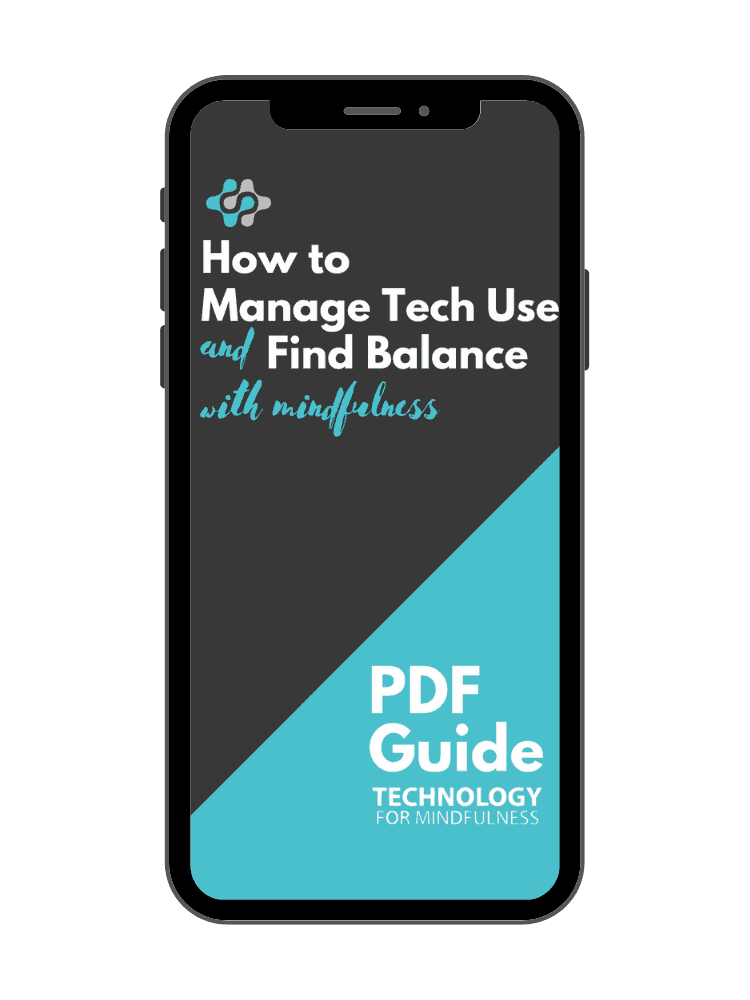
- Eat. We often eat mindlessly (I know I do), whether by eating while watching television, reading a book, or engaging in conversation. Although enjoying a good meal with friends or family can be a mindful experience, being mindful of the actual experience of eating is easier when done alone, or at least in silence. Try eating slowly, paying attention to the sensations associated with each bite. Check out the raisin exercise if you haven’t tried it already.
- Perform. Singing, playing a musical instrument, and other kinds of performing can be excellent vehicles for mindfulness. If you try learning a new song, particularly one that is challenging for you, you may find that the extra degree of concentration required helps you to stay mindfully aware of your body and direct experience from moment to moment.
- Write. The intellectual aspect of writing poses a risk of taking you out of the present moment and focused exclusively on your thoughts, which can impede rather than promote a holistic state of mindfulness. One way to write mindfully is to engage in observational writing, in which you observe your present experience and try to write a description of it accurately while it occurs. You might find that the act of writing helps to keep you focused on your direct experience.
- Move. Many traditional practices, such as walking meditation, yoga, and martial arts, have been developed at least in part as mindfulness practices. Any kind of movement, however, can be used as part of a mindfulness practice. Some people find simple and repetitive movements to work best, while others find varied and challenging movements most helpful for keeping the mind focused on the direct experience of the present moment.
- Explore. Simply exploring your environment, such as by taking a walk outside and paying attention to your surroundings, can be an excellent exercise in mindfulness, in addition to being a way to take a break from work and to get some fresh air.
Some might say that the five examples provided above are all kinds of meditation. I won’t bother quibbling over semantics. Instead, my goal is to point out how practices other than sitting meditation–which is what many people think of when they hear the word “meditation”–can be useful for supporting a state of mindfulness.
Different people will find different practices useful at different times. For example, I tend to find movement-based practices most helpful to me, but even that varies depending on the time of day and my mood. Anything can be an aid to mindfulness if approached with the right attitude, and the key is to experiment and find what works best for you. If none of the suggestions in this article is your cup of tea, don’t despair–there are at least 83,995 more!

